What Is Behavioral Ecology? Study Animal Behavior in Nature
- July 30, 2024
- 0 comment
Behavioral ecology merges ethology, ecology, and evolutionary biology to understand the adaptive significance of animal behavior. This discipline examines how behavior contributes to an animal’s survival and reproductive success within its natural habitat. By investigating the evolutionary pressures that shape behavior, behavioral ecologists can elucidate the complex interactions between organisms and their environments.
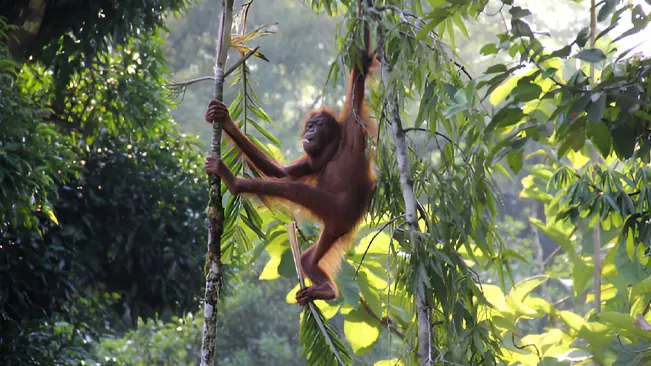
List of Behavioral Ecology
- Mating Systems and Sexual Selection
- Parental Investment and Offspring Care
- Social Behaviors and Group Living
- Predator-Prey Interactions
- Honeybee Foraging and Communication
- Territoriality in Birds
Behavioral Ecology
Mating Systems and Sexual Selection
Mating systems in animals exhibit a broad spectrum of strategies, from monogamy, where one male mates with one female, to various forms of polygamy, including polygyny one male with multiple females and polyandry one female with multiple males.
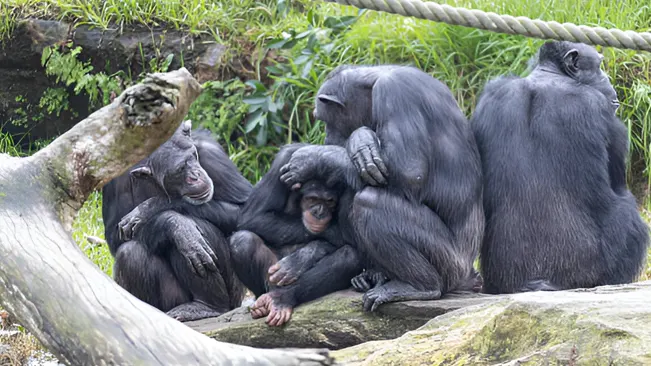
Sexual selection plays a crucial role in shaping traits that enhance reproductive success, driving the evolution of elaborate courtship displays, aggressive territorial behaviors, and distinctive secondary sexual characteristics. These traits often serve as indicators of genetic fitness, helping individuals attract mates and secure reproductive opportunities.

A quintessential example is the peacock’s extravagant tail feathers, which have evolved through female choice. Peahens prefer males with larger and more ornate tails, as these displays signal good health and genetic quality, despite the increased visibility to predators and the energetic cost of maintaining such features. This selection pressure results in a trade-off where the benefits of increased mating success outweigh the risks, highlighting the complex dynamics between survival and reproduction in the evolution of animal behavior.
Parental Investment and Offspring Care
Parental investment theory examines how parents allocate their time, energy, and resources to the care of their offspring, which can vary significantly among species depending on ecological and evolutionary factors. Key influences on parental investment include the availability of resources in the environment, predation pressures that threaten offspring survival, and the reproductive strategies of the species, such as the potential for future reproductive opportunities.
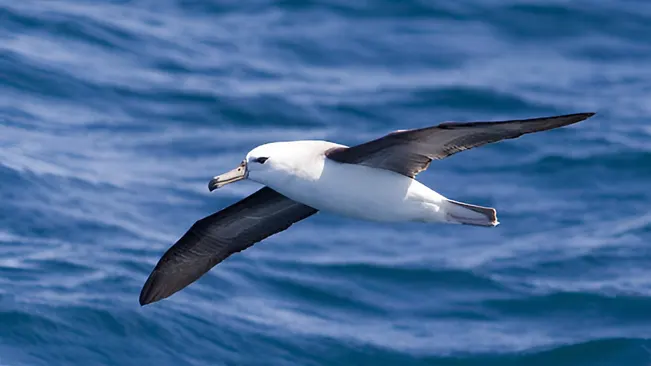
In species like the albatross, parental investment is notably high, with both parents participating in incubation and chick-rearing. This biparental care greatly enhances the survival and fitness of the offspring, as both parents can provide more consistent protection, warmth, and feeding. The albatross’s strategy reflects a balance where the benefits of ensuring the current offspring’s survival and success outweigh the costs, including reduced future reproductive opportunities and the substantial energy expenditure required. This high level of parental investment is crucial in environments where offspring survival is uncertain, demonstrating how ecological conditions and life history traits shape the evolution of parental care behaviors.
Social Behaviors and Group Living
Social behaviors, encompassing cooperation, altruism, and social hierarchies, are prevalent in many animal species and play a crucial role in their survival and reproductive strategies. Group living offers significant advantages, such as enhanced predator detection, where individuals benefit from the collective vigilance of the group, and increased foraging efficiency, as coordinated efforts can lead to better food acquisition. Additionally, social learning opportunities arise, allowing younger or less experienced members to acquire vital survival skills from observing others.
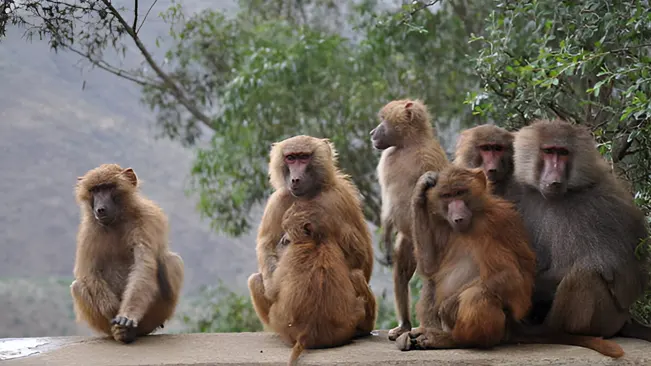
However, group living also entails substantial costs, including heightened competition for limited resources, such as food and mating opportunities, and a greater risk of disease transmission due to close physical proximity. The intricate social structures observed in primates, like baboons, exemplify the impact of these behaviors on individual fitness and group dynamics. In baboon societies, dominant individuals often secure preferential access to resources and mates, thereby enhancing their reproductive success, while subordinates may adopt alternative strategies, such as forming alliances, to improve their own standing. These complex interactions highlight the delicate balance between cooperation and competition within social groups and underscore the evolutionary significance of social behaviors in shaping animal communities.
Predator-Prey Interactions
Predator-prey interactions are pivotal in shaping the behavioral adaptations and evolutionary trajectories of both predators and prey, leading to a dynamic arms race of survival strategies. Prey species often evolve a variety of defensive mechanisms to avoid predation, such as camouflage to blend into their surroundings, alarm calls to warn conspecifics of approaching danger, and swift, unpredictable evasive maneuvers to escape attackers. In response, predators refine their hunting techniques, which may include stealth, speed, ambush tactics, and cooperative hunting, where group efforts increase the likelihood of a successful kill.
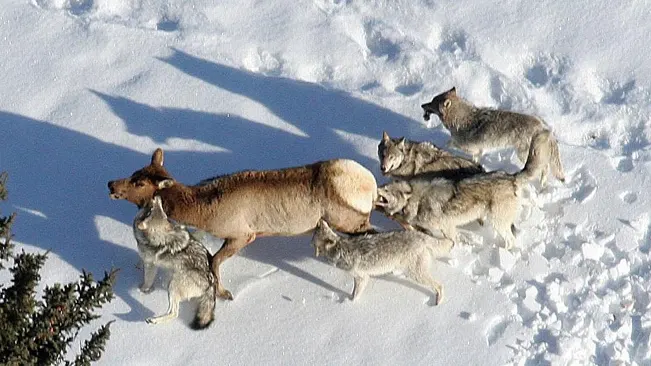
These interactions significantly influence population densities, as successful predation can reduce prey numbers, while effective anti-predator behaviors can increase prey survival rates. Community structures within ecosystems are also affected, as the presence or absence of top predators can cascade through the food web, altering species compositions and interactions. A notable example is the study of wolves and elk in Yellowstone National Park, where the reintroduction of wolves has led to changes in elk behavior and population dynamics. Elk now avoid certain areas with high wolf activity, allowing vegetation to recover and promoting biodiversity. These predator-prey dynamics illustrate the complex and far-reaching impacts of these interactions on ecosystem processes and stability.
Case Studies
Honeybee Foraging and Communication
Honeybees use a sophisticated “waggle dance” to communicate the location of food sources to other members of their hive. This behavior optimizes foraging efficiency and is a prime example of how complex social behaviors evolve in response to ecological demands. Detailed studies have shown how bees adjust their communication based on environmental factors, such as the distance and quality of food sources.
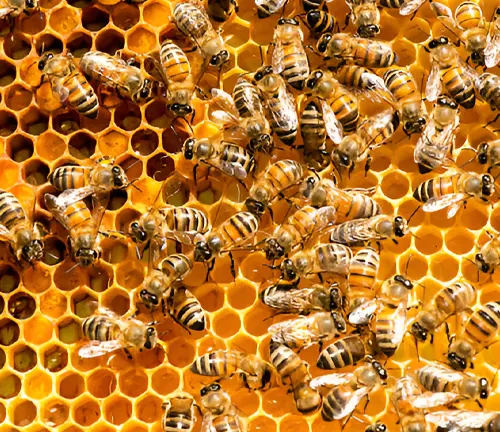
Territoriality in Birds
Many bird species establish and defend territories to secure resources for breeding. The size and quality of a territory can directly influence reproductive success. Studies on avian territoriality, such as those on the European robin, have shed light on the balance between the benefits of exclusive access to resources and the costs of defense, including energy expenditure and risk of injury.
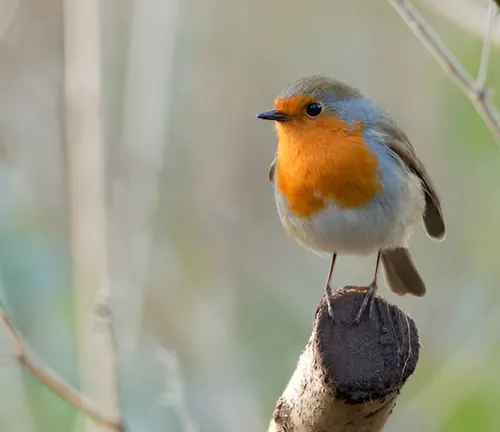
Methods and Approaches
- Field Observations
Observing animals in their natural habitats provides insights into their behavior in a real-world context. Long-term studies, such as those conducted on chimpanzees by Jane Goodall, reveal patterns and changes in behavior over time and provide a deep understanding of social structures and interactions. - Experimental Manipulations
Controlled experiments, both in the field and in laboratory settings, allow researchers to test specific hypotheses about behavior. For example, experiments on bird song learning have elucidated the role of social interactions and environmental factors in the development of vocalizations. - Comparative Studies
By comparing behavior across different species or populations, ecologists can identify common patterns and evolutionary divergences. Comparative studies of mating systems in fish, birds, and mammals, for example, help elucidate the ecological and social factors driving the evolution of different reproductive strategies. - Modeling and Simulation
Mathematical models and computer simulations help predict behavioral outcomes under various ecological scenarios. These models can be particularly useful in understanding complex interactions, such as predator-prey dynamics or the spread of cooperative behaviors within populations.
Evolutionary Implications
Behavioral ecology not only helps us understand the current behavior of animals but also provides insights into their evolutionary history. By studying the adaptive significance of behavior, researchers can infer how natural selection has shaped the behavior of different species over time. This evolutionary perspective is crucial for understanding the diversity of life and the intricate relationships within ecosystems.
For instance, the study of brood parasitism in birds, where species like the cuckoo lay their eggs in the nests of other birds, reveals how both parasitic and host species have evolved in response to each other. Host species may develop egg recognition and rejection behaviors, while parasitic species evolve mimicry to counteract these defenses.
Conclusion
Behavioral ecology is a dynamic field that bridges several biological disciplines to explore how behavior contributes to the fitness of organisms in their natural environments. Through a combination of theoretical frameworks, empirical research, and comparative analyses, behavioral ecologists uncover the intricate ways in which animals navigate the challenges of survival and reproduction. This knowledge not only advances our scientific understanding but also informs conservation efforts and the management of wildlife populations.
Related Post:
Frequently Asked Questions (FAQs)
- What is behavioral ecology?
Behavioral ecology is a field of study that explores how animal behavior is influenced by ecological factors and evolutionary pressures. It examines how behaviors contribute to an animal’s survival and reproductive success in its natural environment. - How does optimal foraging theory apply to animal behavior?
Optimal foraging theory suggests that animals maximize their energy intake per unit of foraging time. This theory helps explain how animals decide where to forage, what food to eat, and how long to stay in a particular feeding area based on factors like prey availability, predation risk, and competition. - What are some examples of mating systems in animals?
Animals exhibit diverse mating systems, including monogamy, polygamy, and promiscuity. Examples include monogamy in many bird species, where pairs form long-term bonds, and polygyny in elephant seals, where dominant males mate with multiple females. - How do parental investment strategies vary among species?
Parental investment strategies can vary widely, with some species exhibiting high parental care (e.g., birds that feed their chicks) and others showing minimal investment (e.g., many fish species that produce numerous eggs and provide no further care). These strategies are influenced by ecological conditions and evolutionary pressures. - What role does social behavior play in animal groups?
Social behavior includes cooperation, altruism, and social hierarchies. Group living can provide benefits like enhanced predator detection and increased foraging efficiency but also involves costs such as competition for resources and increased disease transmission. - How do predator-prey interactions influence animal behavior?
Predator-prey interactions drive the evolution of various behaviors in both predators and prey. Prey may develop defensive behaviors like camouflage and alarm calls, while predators may evolve strategies like cooperative hunting to improve their success. - What methods do behavioral ecologists use to study animal behavior?
Behavioral ecologists use methods such as field observations, experimental manipulations, comparative studies, and modeling. These approaches help them understand the ecological and evolutionary factors influencing behavior. - Can behavioral ecology inform conservation efforts?
Yes, behavioral ecology can inform conservation efforts by providing insights into animal behaviors that are critical for survival and reproduction. Understanding these behaviors can help develop effective conservation strategies, such as designing wildlife corridors and managing human-wildlife interactions. - How do animals communicate within their social groups?
Animals use various forms of communication within their social groups, including vocalizations, visual signals, and chemical cues. For example, honeybees perform a “waggle dance” to communicate the location of food sources to other members of the hive. - What is the significance of studying animal behavior in natural environments?
Studying animal behavior in natural environments allows researchers to understand how animals interact with their surroundings and each other in real-world contexts. This helps uncover the adaptive significance of behaviors and their role in ecological and evolutionary processes.

James Wilson
Forestry AuthorJames Wilson has over 15 years of experience in forestry economics, specializing in sustainable practices, investment opportunities, and financial management. He has contributed to notable publications like "Forestry Today" and "EcoFinance Journal" and is known for providing practical and insightful advice. With a degree in Environmental Economics, James stays updated through continuous learning and active participation in industry discussions. Outside work, he enjoys hiking and nature photography, bringing a well-rounded perspective to his professional role.










Leave your comment